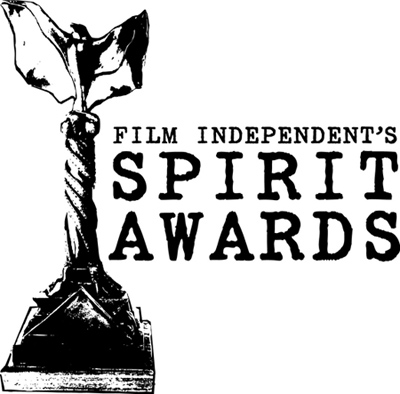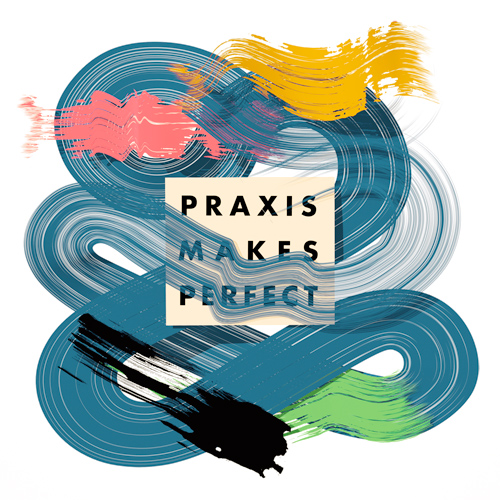Earlier this week I watched an elaborate documentary about wildlife in the coldest areas of our planet. I watched the television with utmost attention as a seal on a floating block of ice fell victim to a very cool strategy of killer whale behavior. Four whales synced up in motion, and as they approached the block of ice, they whipped their tales up and created a large wave that encapsulated the ice and forced the seal into the water. I was immediately reminded of the power of collaboration and how awfully important it is for survival in the art world.

Google image search results for "killer whales," from nmfs.noaa.gov.
I remember in grad school learning a silly fact that “independent film” is anything but “independent.” I was never aware of the manic hustle that was needed to execute such a production until I encountered these kinds of filmmakers who were working with such things as smaller budgets, more controversial subject matter, and basically fewer resources than popular major film studios. It was inspiring to learn that a work of art such as an independent film could have only happened with the ebb and flow of many people, like the graceful movement of those killer whales. When money can’t be tossed around to obtain various elements of the film, independent filmmakers must find very creative methods for solving difficult problems. People in various areas of production are left to a currency of trust, respect, and mutual understanding of artistic creation.

Google image search results for "independent film," from filmofilia.com.
There was never a time I wanted to work with other people, which, among many others, is my artistic downfall. I have a tendency to romanticize my studio practice and become a neurotic recluse, brewing up conceptual artworks and bursting into technical development in the wee hours of the morning. But as isolated as I become, I still have the Internet and I’m motivated to continue my practice (one that is heavily structured on appropriation) by the current news of the day.
After my first-ever “solo exhibition” in January, I fully realized how critical collaboration is to an art practice. The number of conversations between my dealer and me was enough to make a less mature version of me throw in the towel, but I allowed the process to make me a more learned artist. I had sketched sculptures that were technically out of my comfort zone, so my best friend, and now current collaborative duo partner, assisted me in executing them. While I still have difficulties working with others, we’ve maintained a collaborative relationship and are preparing for a group show in July. We allow our stronger skills to help us lead each other and our weaker skills to help us learn.

Google image search results for "collaboration," from jmorganmarketing.com.
It takes a specific kind of talent to be a great collaborator. I’m a terrible control freak and I insist on my way or the highway, so collaboration is an unnatural act for me. When I do collaborate, it becomes a performance of a collaboration where I turn to acting like a collaborator rather than just being one. My original source of trauma in regards to this topic occurred back in college, when I asked friends to pose for portrait photographs and they were all too busy–so I had to turn the camera on myself. Now, several years later and much more learned than ever, I find that people are actually interested and excited to work with me. I still have a collaboration chip on my shoulder, but it’s never too late to learn a new skill. And to keep this whole whale metaphor going, I really do just want to eat a seal.




